Best Sand Wedges 2025
We take a look at the best sand wedges that are currently available on the market right now
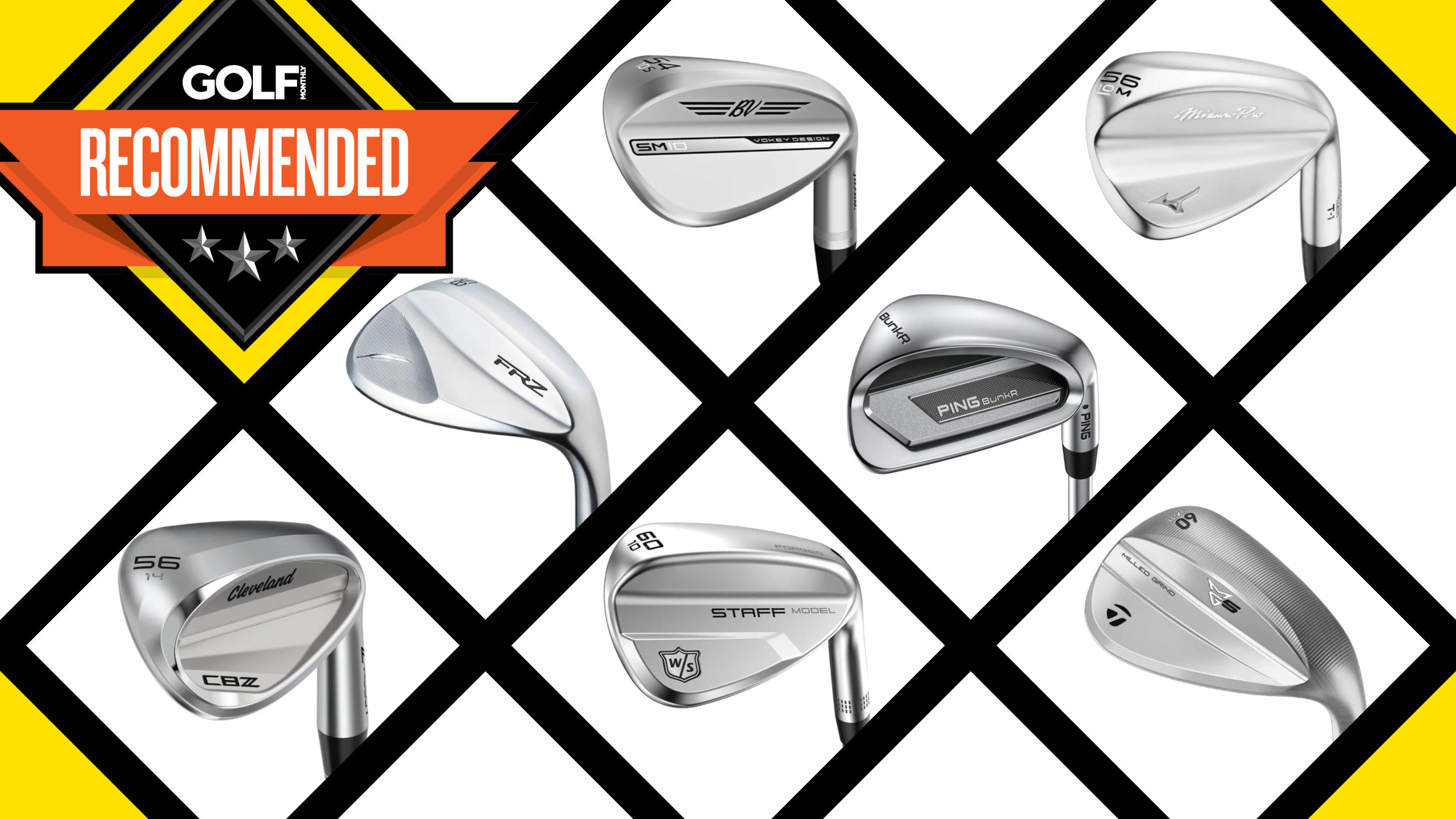

It would be nice to go from tee to fairway to green every hole. However, given the realities of life and how difficult the game of golf is, often we'll have to scramble from around the greens to make par. Missing greens also brings bunkers into play, hazards that require a very specific type of shot to pull off. To do this, we need a unique club to get us out of the hazard. One of best golf wedges to help us do this is the appropriated named sand wedge. We need plenty of loft and spin when playing from bunkersand highly lofted sand wedges are our best best to successfully escaping the trouble.
Because of this, we've made this guide to help guide you through some of the best sand wedges on the market. We hope you can use the information we share here to choose the right one for your game - if you're unsure where to start or how to choose the wedge for you, have a read of our FAQ section at the bottom of the guide. If you need more than one new wedge, why not also take a look at some other excellent wedge options on the market right now on our guides to the best wedges for chipping, most forgiving wedges and best wedges for beginners.
Quick List
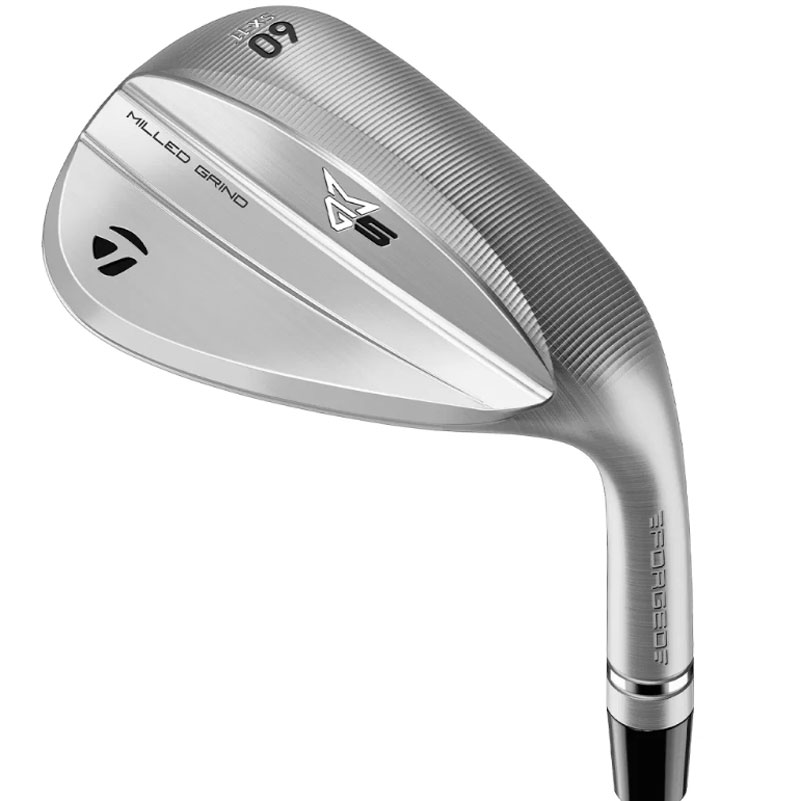
A wedge that combines beautiful looks with fabulous feel and excellent spin levels thanks to the new groove pattern. Six different grind options means every player can get the right fit with their wedges.
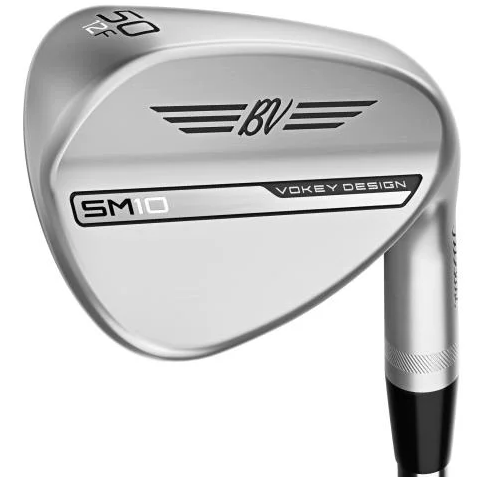
Not much has changed with the latest SM wedge from Titleist, and given how popular it is on the pro circuits, the pros are OK with that. The SM10 has had some subtle upgrades including longer groove life and improved feel.
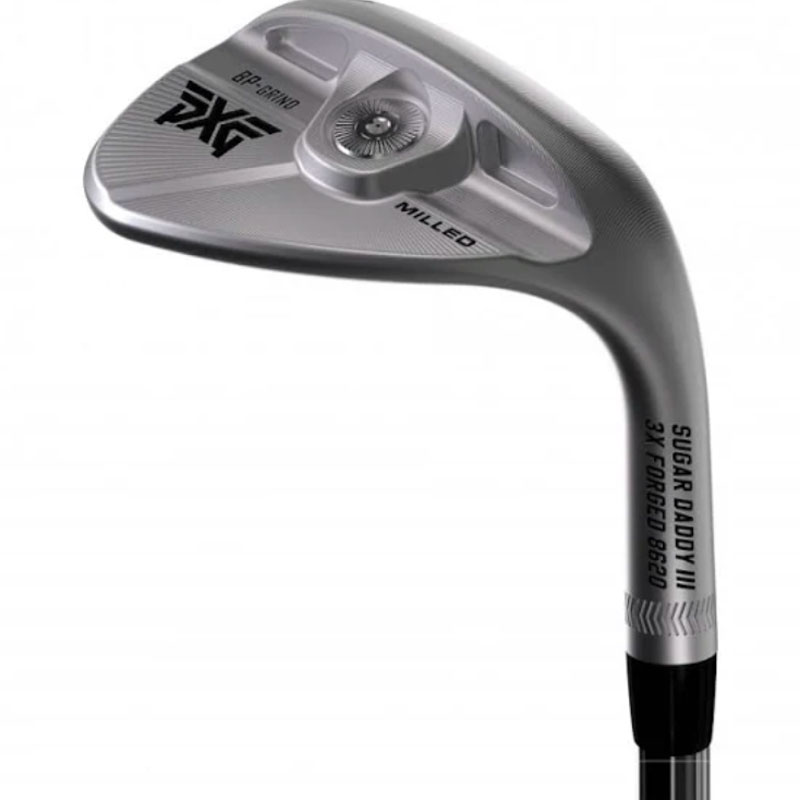
PXG have toned down the looks of the latest Sugar Daddy wedge which will be welcomed by traditionalists. The beautifully soft feel off the face means these are a delight to use, especially for mid-to-short range pitch shots.
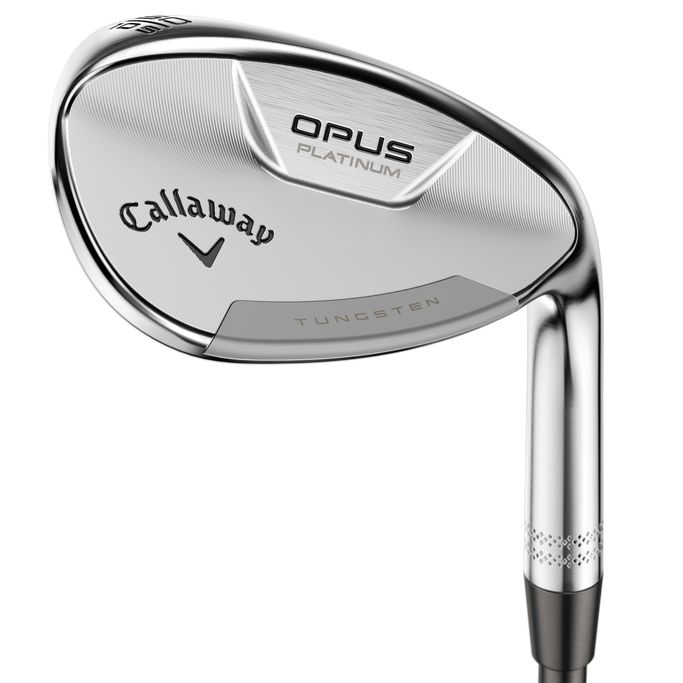
Designed from tour-player feedback, the Opus Platinum is a beautiful wedge that produces excellent spin with low ball flight. There's also an upgraded shaft and grip too...
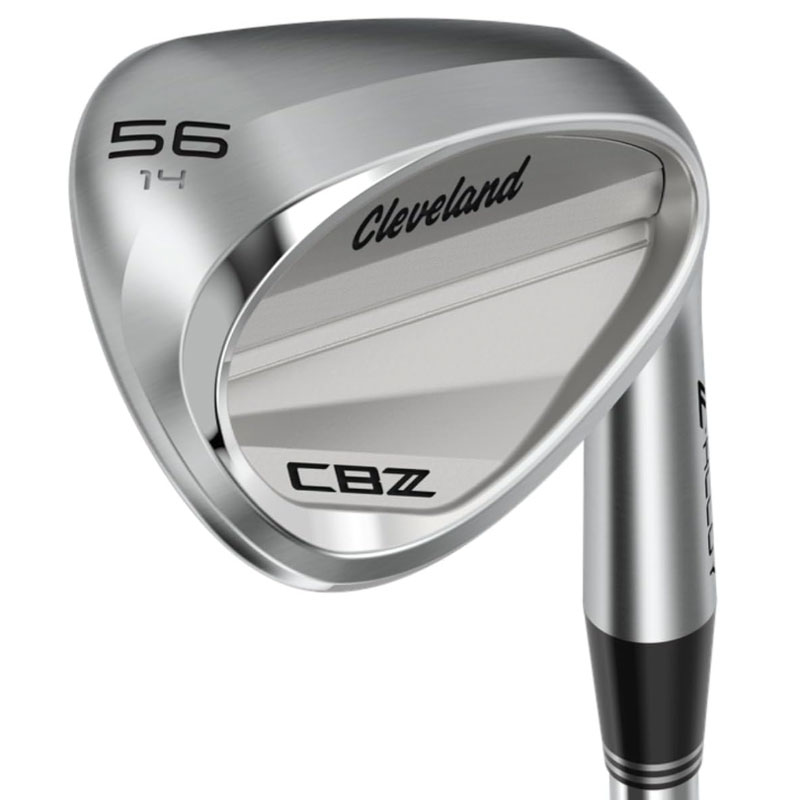
The CBZ wedges provide a confidence-building aesthetic and plenty of forgiveness on chip, pitch and full shots, making them a great option for the mid-to-high handicappers or those who struggle around the greens.
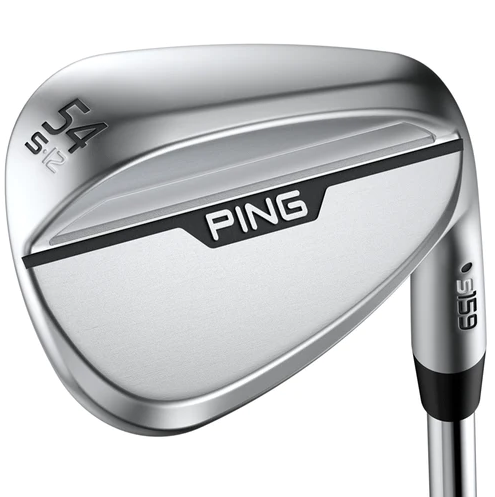
The Ping S159 wedges look as good as any other on the market and have the performance to match. The spin produced when chipping and pitching was exceptional and they also produced a strong consistent ball flight when firing from a little further out.
Load the next 4 models
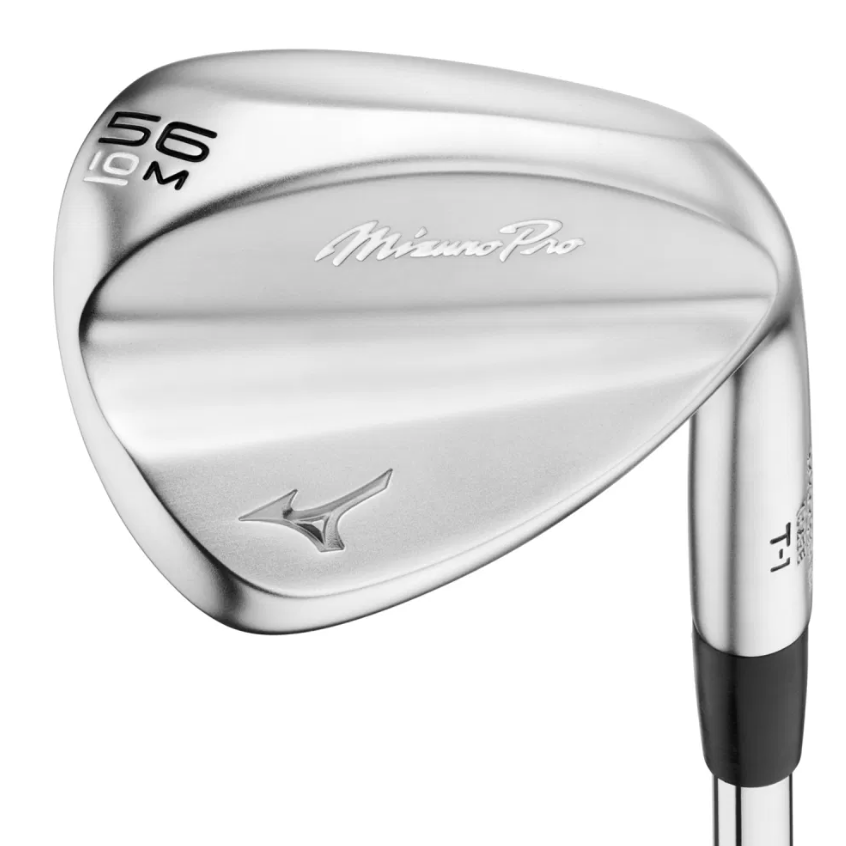
Mizuno taking the crown of our 'best looking' label is a common theme across our buying guides, but there's substance alongside the beautiful aesthetic they offer. The Pro T-1 delivers lovely soft feel and great consistency in all types of conditions.
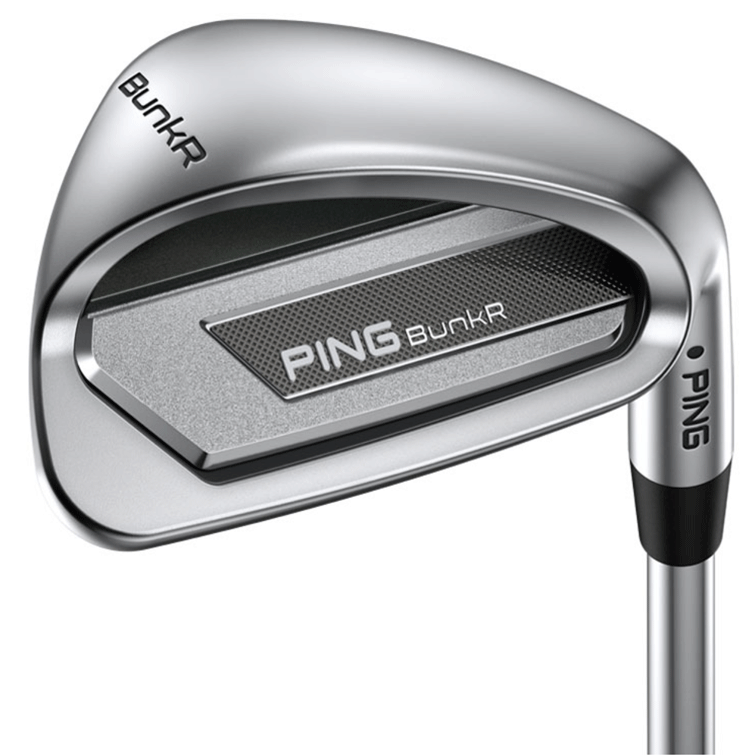
Are you one of the many golfers who struggle from the sand? Ping have made the BunkR wedge specifically for you - the high loft and bounce provide plenty of assistance in gaining height over the tallest lips and should over time produce consistently better results.
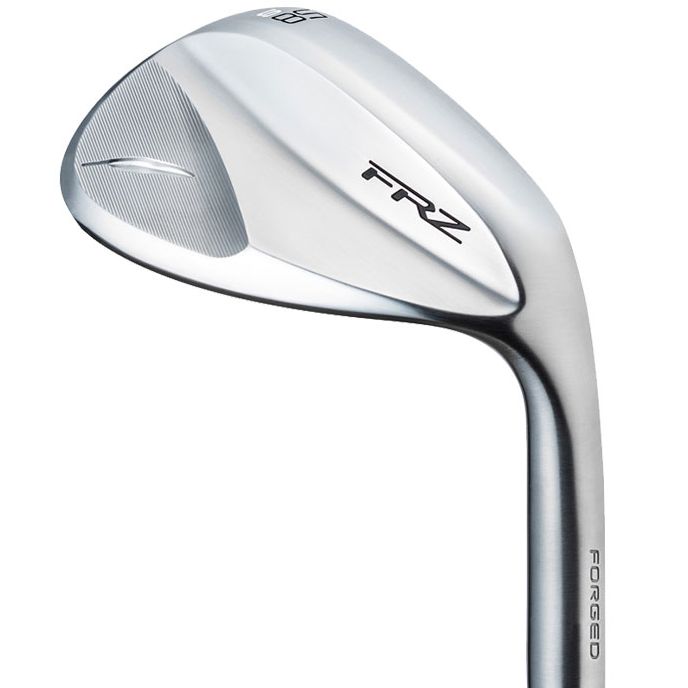
Beautiful looks, unrivaled spin levels and a buttery soft feel mean Fourteen's FRZ wedges should be in your thoughts, even if you're unfamiliar with the brand. Multiple grind and loft options also allow players to get exactly what they want from their sand wedge.
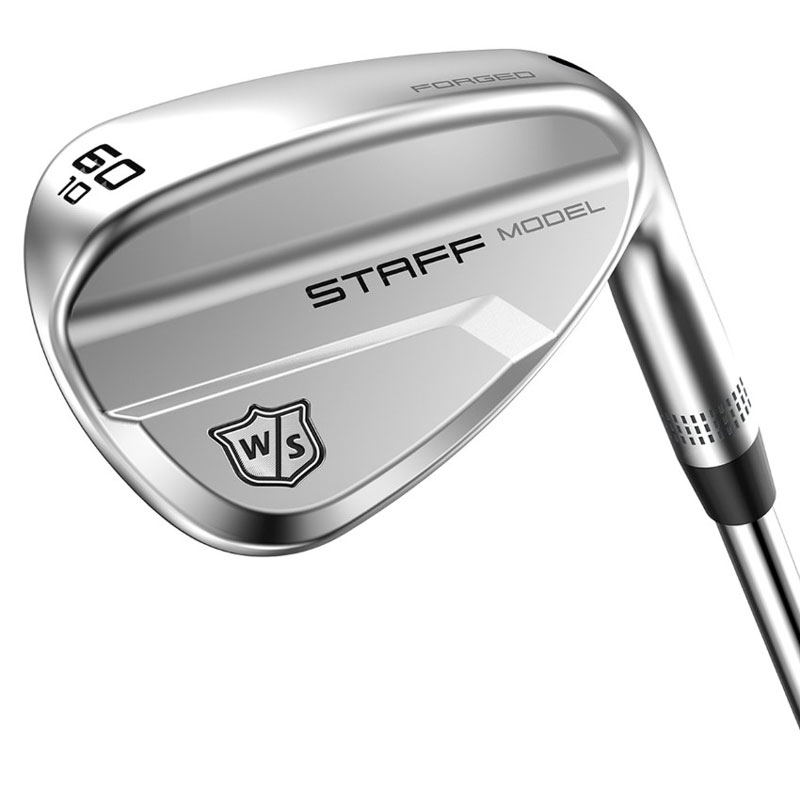
Our final model is a great option for those looking for both performance and value - the Wilson Staff Model delivers a classic look, pleasant soft feel and stable turf interaction. It ticks a lot of boxes that need ticked for a good wedge.
Best Sand Wedges
Top pick
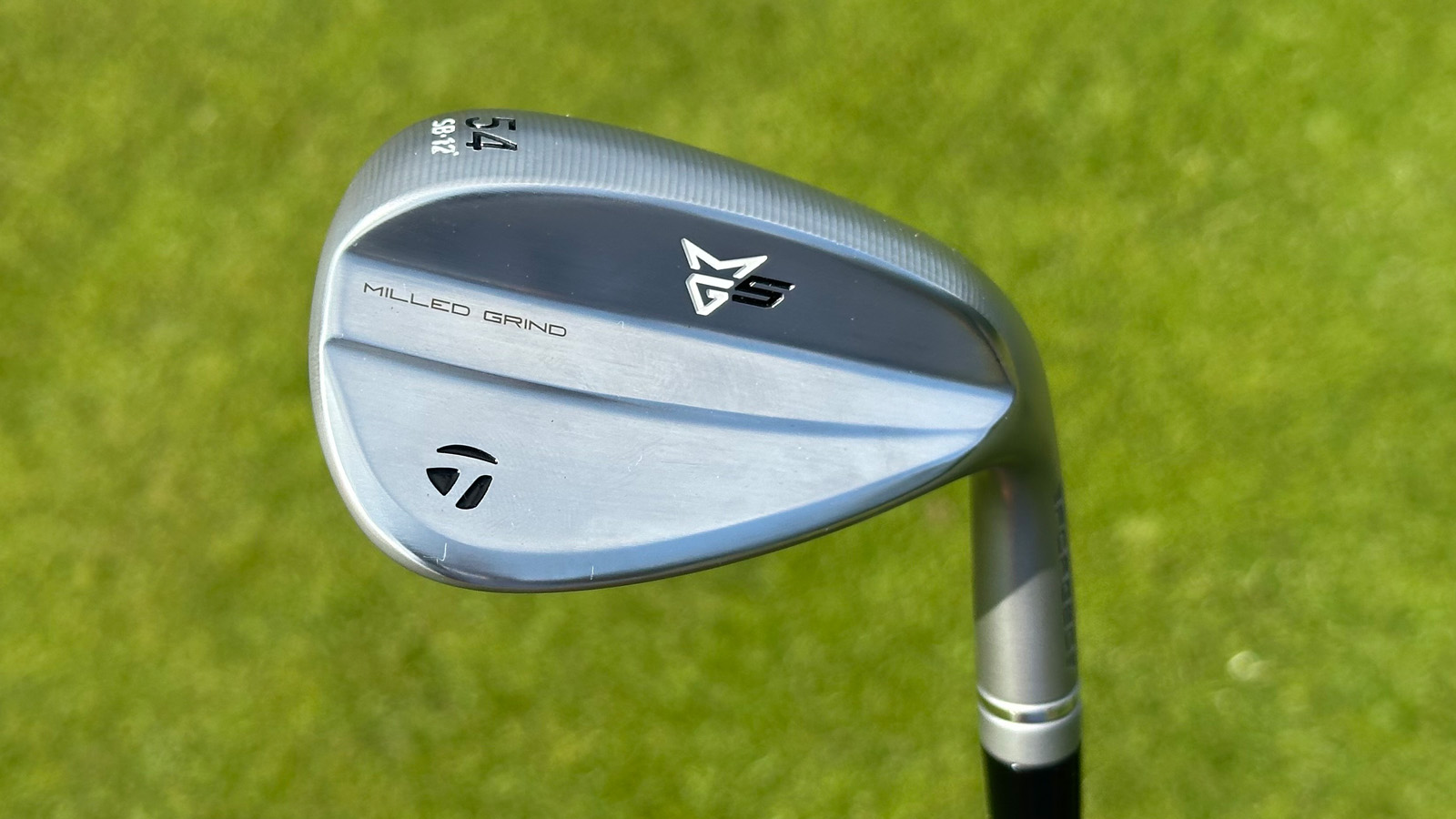
Specifications
Reasons to buy
Reasons to avoid
Thanks to the wonderfully soft feel, wide range of grind options, new groove patterns that deliver a ridiculous amount of spin and control and a sleek new visual package, the MG5 wedges from TaylorMade take the spot of our top pick.
We loved the performance of the TaylorMade MG4 wedges, although we were slightly hoping the shape of the MG5 wedges would be different, specifically the leading edge being more rounded. Pleasantly, this has indeed been changed, with the leading edge now sitting beautifully on the ground behind the ball. It helps sell the look as though I can slide the club under the ball, whether I’m opening or closing the face. This curvature is also replicated on the top line, which now flows much better into the hosel.
The softer face of the MG5 helps the ball stay on the face longer, allowing for extra control when chipping and pitching. The face is complimented by new Saw-Milled grooves which are designed as close to the legal limit as possible, with steeper walls and sharper radii helping grip the ball and add extra spin. While I couldn’t recommend any more for any golfer to try and test these wedges in the higher lofts, I do feel as though mid-high handicapper golfers would benefit from a more forgiving wedge in a 52° or 50° due to the bladed nature of these wedges.
- Read our full TaylorMade MG5 Wedge Review
Most played on tour
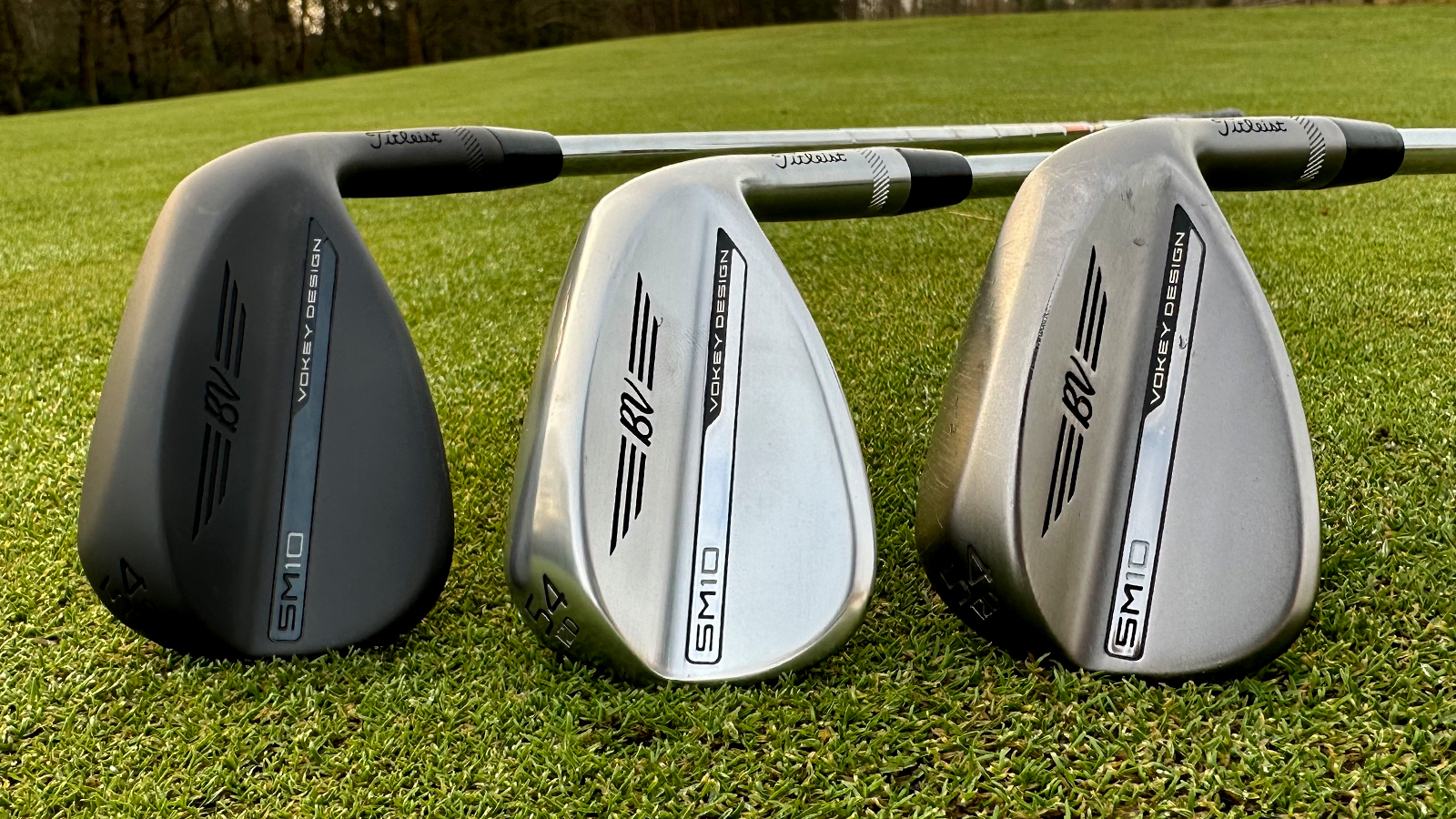
Specifications
Reasons to buy
Reasons to avoid
Vokey wedges have long been considered the gold standard, offering premium looks, exceptional performance and market-leading versatility. Because of these factors, they are a very common sight to see in bags lining the practice areas of PGA Tour, DP World Tour and LPGA Tour events. Titleist has designed the new SM10 wedge to build on the huge success of the SM9 and Vokeys continue to be the most used wedges in professional golf.
There are subtle differences in the aesthetic department when comparing the SM9 and SM10, chief among which is the progressive shaping which gives a premium look at address, regardless of the loft. The stronger lofted wedges are a little smaller in head shape compared to the more lofted wedges and feature a straighter leading edge in comparison to the sand and lob wedges in the line-up.
The improvements are not just in the looks department though. The SM10 has been designed to fly a little bit lower, offer a bit more spin, and have improved feel over the SM9. In all three elements, our testing showed the SM10 certainly achieved these goals and lets not forget the wedge set-up options with 25 different combinations of loft, bounce and grind.
- Read our full Titleist Vokey SM10 Wedge Review
Best for soft feel
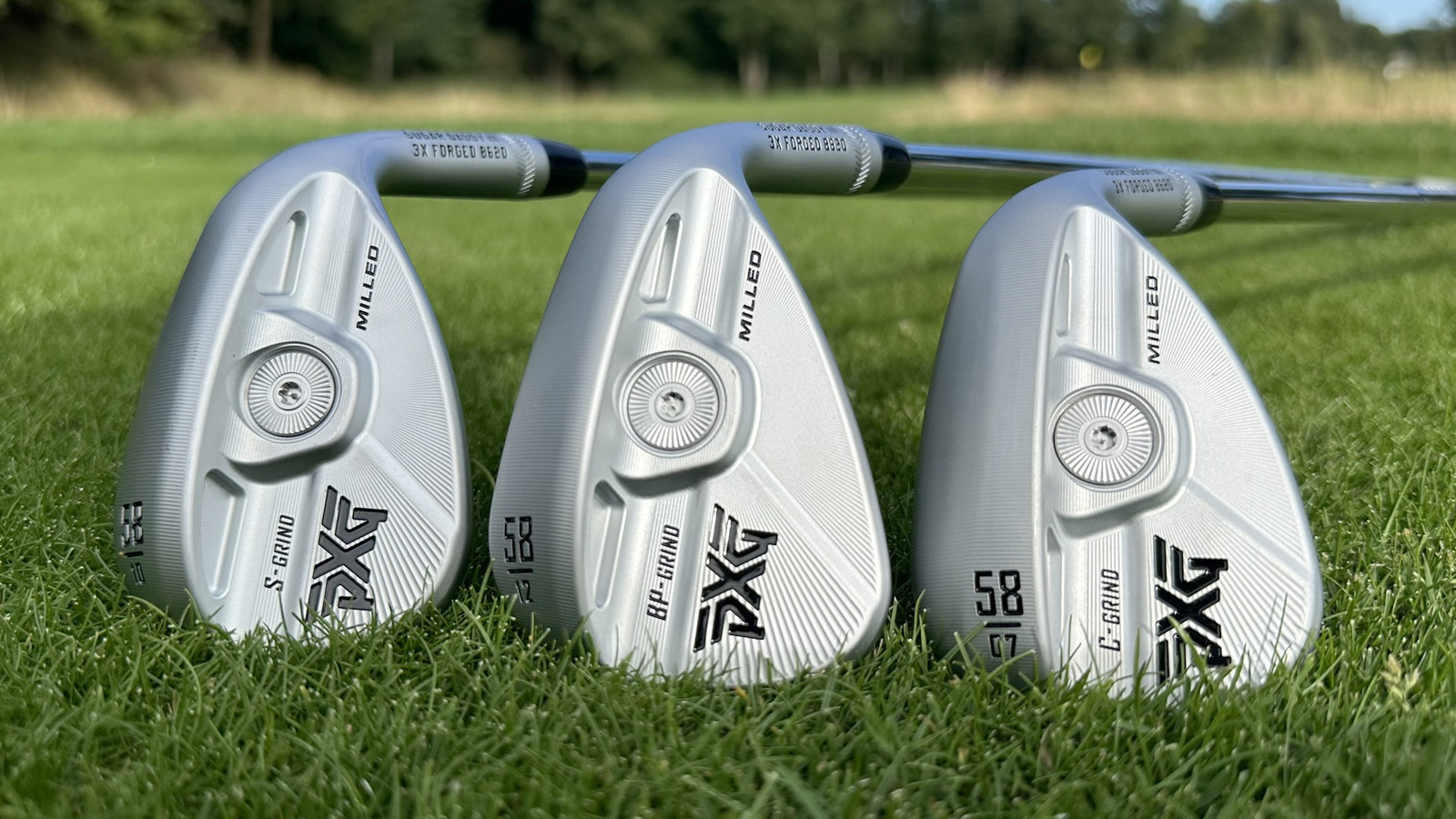
Specifications
Reasons to buy
Reasons to avoid
The Sugar Daddy II wedges were an improvement on the original Sugar Daddy wedges from PXG and the third iteration of these wedges has given us even more improvements. A lot of PXG's early club releases were rather bold in terms of looks, perhaps as a way of attracting both eyeballs and conversation about an up-and-coming brand in the game. Now they are firmly established as a serious player in this industry, they've began slightly toning back the previous brash looks which we feel is welcomed, and they've done an excellent job with the visual package here.
These wedges are extremely versatile and consistent - during testing the performance was pleasantly consistent from both the rough and the fairway, with the ball reacting similarly when landing on the green from inside 70 yards.
We've given the Sugar Daddy III wedges the title of best soft feel thanks to the extensive forging and CNC milling these wedges undertake, they not only look superb but feel incredibly soft and smooth through impact.
- Read our full PXG Sugar Daddy III Wedge
Best for low flight
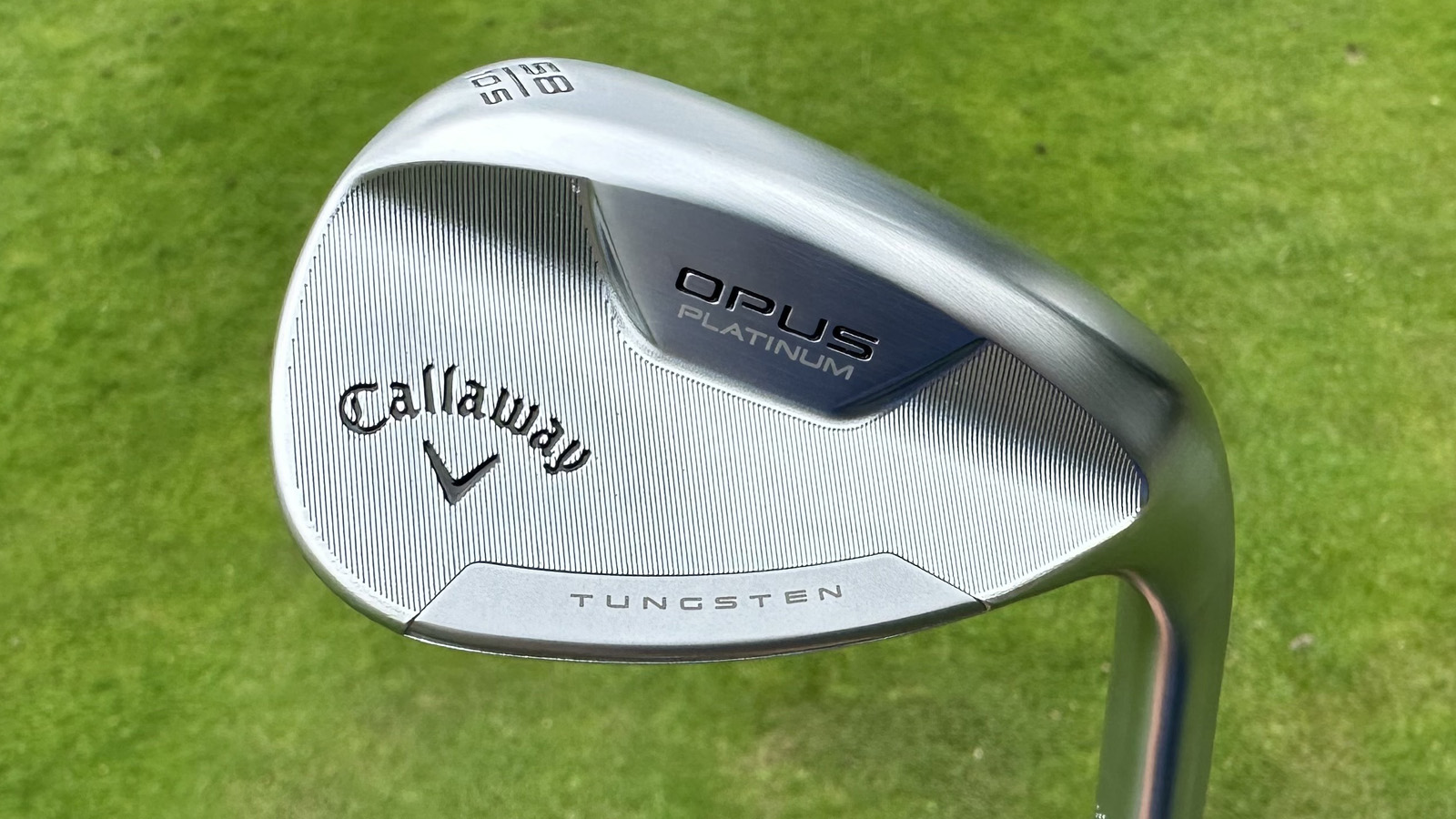
Specifications
Reasons to buy
Reasons to avoid
Right out of the box, the Opus Platinum Wedges looked spectacular. We weren't huge fans of the back of the Jaws Raw wedges (the tungsten holes in particular) so we were excited see Callaway return to a more classic-looking wedge.
There's plenty more new too. The Opus Platinum wedges are designed through MiM (metal injection moulding) a process by which a proprietary blend of metals are used to create a distinct feel and help dial in performance. There's also the tungsten strip that sits high in the top line to create a higher CG (center of gravity) and therefore lower the ball flight for more distance control.
In terms of the performance, the Platinum excelled when it came to spin thanks to the Spin Gen Face Technology. Speaking of which, the Opus Platinum wedges certainly feel a little more solid and crisp through impact compared to the standard Opus wedges.
- Read our full Callaway Opus Platinum Wedge Review
Best for mid-handicappers
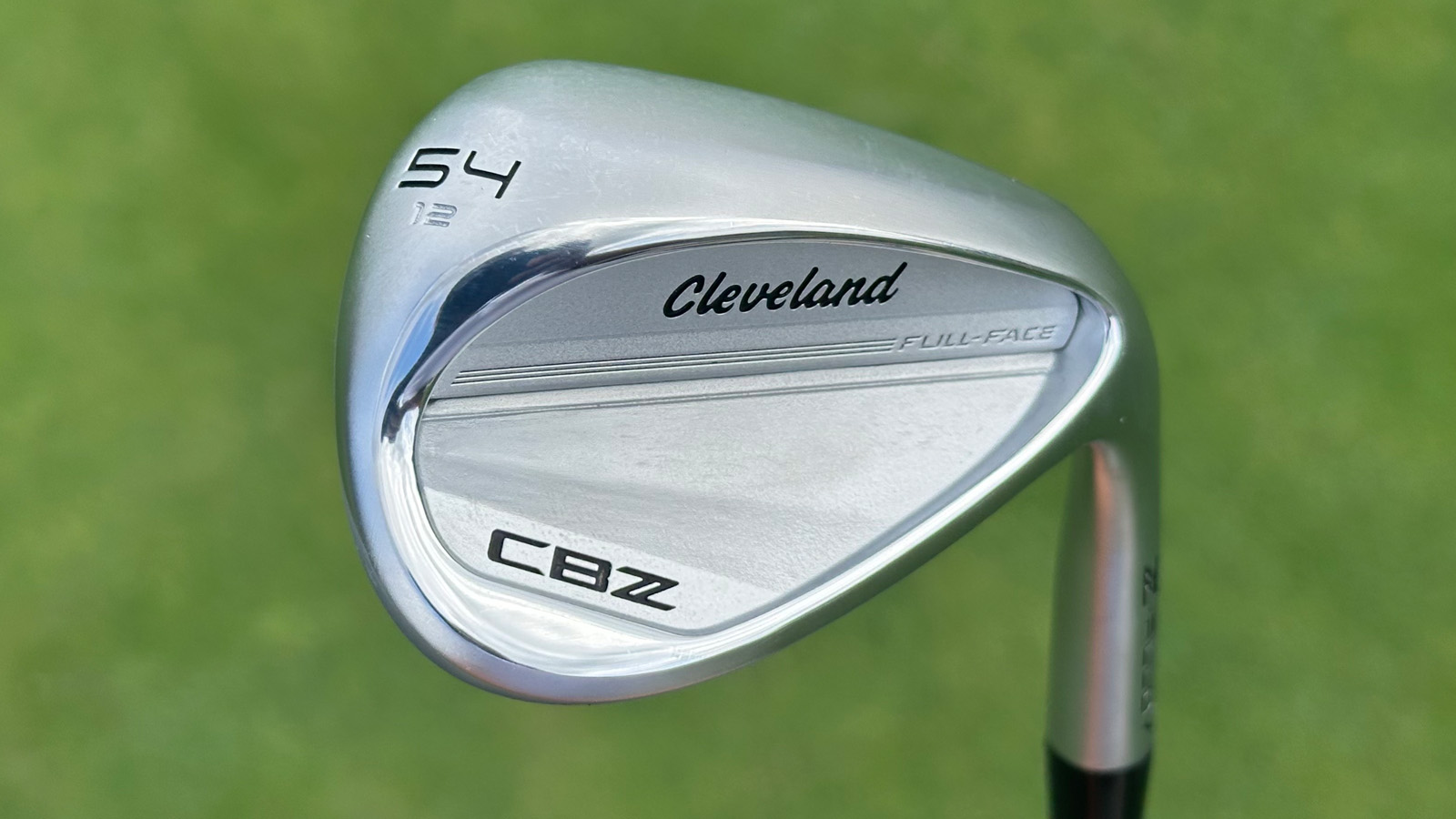
Specifications
Reasons to buy
Reasons to avoid
Cleveland have set out to make a user-friendly wedge with the CBZ and have achieved that with flying colors. The larger, rounded profile of the Cleveland CBZ will allow even those lacking confidence to feel good when laying the head behind the ball around the greens.
The common belief is that when you opt for more forgiving wedges, you sacrifice performance as a result but although the CBZ were slightly harder to slide underneath the ball on firm, tight lies, it didn't feel like I was sacrificing much performance, if any. During testing we could still play creative shots around the green thanks to a leading edge that is more rounded than most in this guide whilst the feel on offer throughout this process was fantastic.
There is very little to fault here. The feel is as good as the most premium wedges on the market and combines wonderfully with the forgiveness of some of the best wedges for mid handicappers. Thanks to the performance as well as the multitude of options available in terms of balance, bounce and grip means it is one of the best Cleveland wedges on the market.
- Read our full Cleveland CBZ Wedge Review
Most underrated
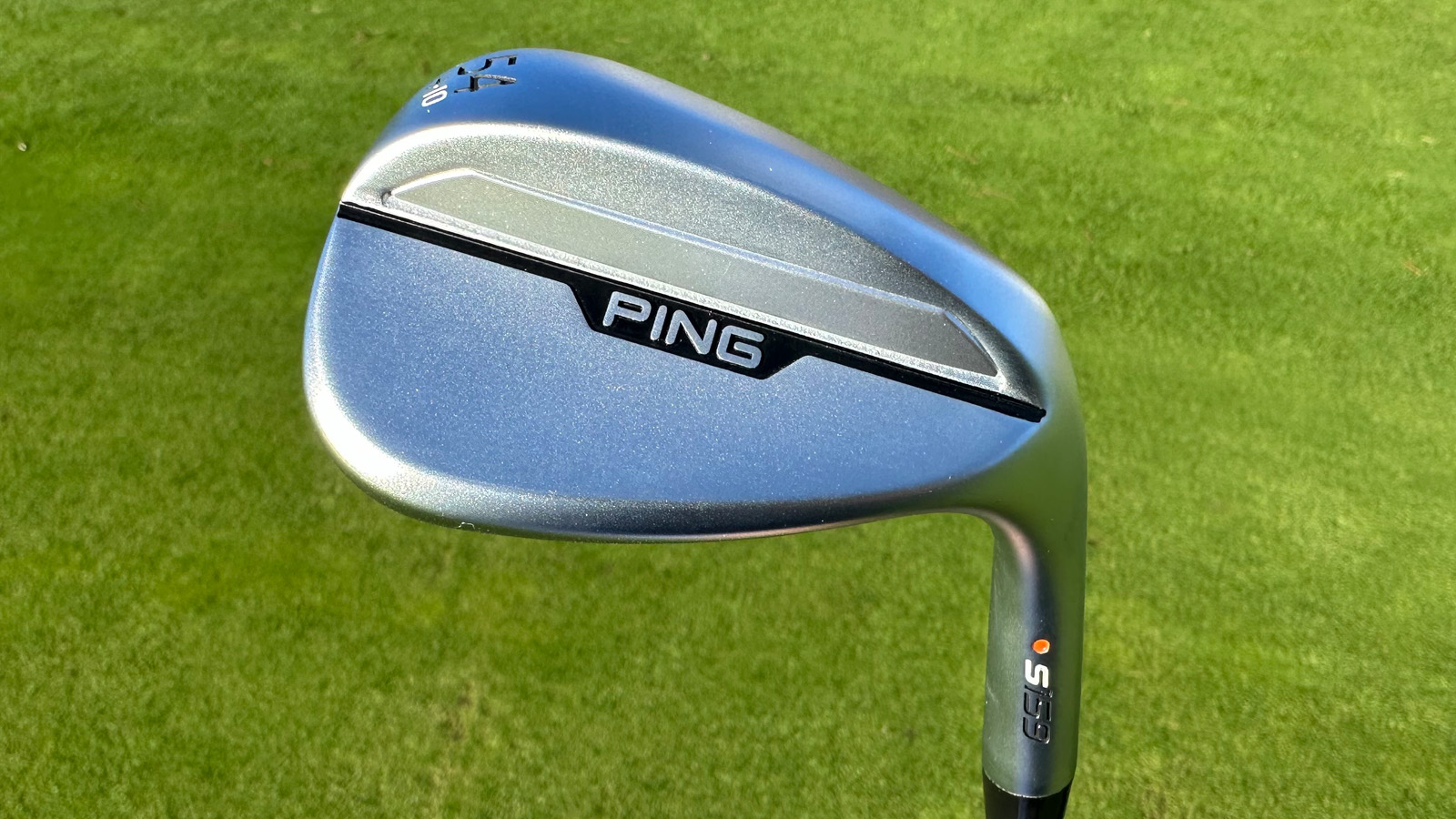
Specifications
Reasons to buy
Reasons to avoid
Getting straight to the point, the S159 wedges from Ping blew our socks off in testing. The feel from the face, particularly with fuller shots, was soft and despite a vibration dampening slot placed on the back of the head, these wedges offered plenty of feedback. Shots had a really consistent, mid-high trajectory, which allowed us to attack pins and be really aggressive on full shots. Around the greens the Ping S159 wedges produced more spin on chip and pitch shots than any other wedge we've tested in the last year, without over-spinning on fuller wedge shots.
Ping have created the WebFit Wedge App which allows golfers to complete a questionnaire online (it takes less than two minutes) about their wedge game. Based on the answers the app will provide one or two grind options that will suit your game best so you know that you are playing the right grind and bounce options for your game, while avoiding the need to pay for a custom fitting!
- Read our full Ping S159 Wedge Review
Best looking
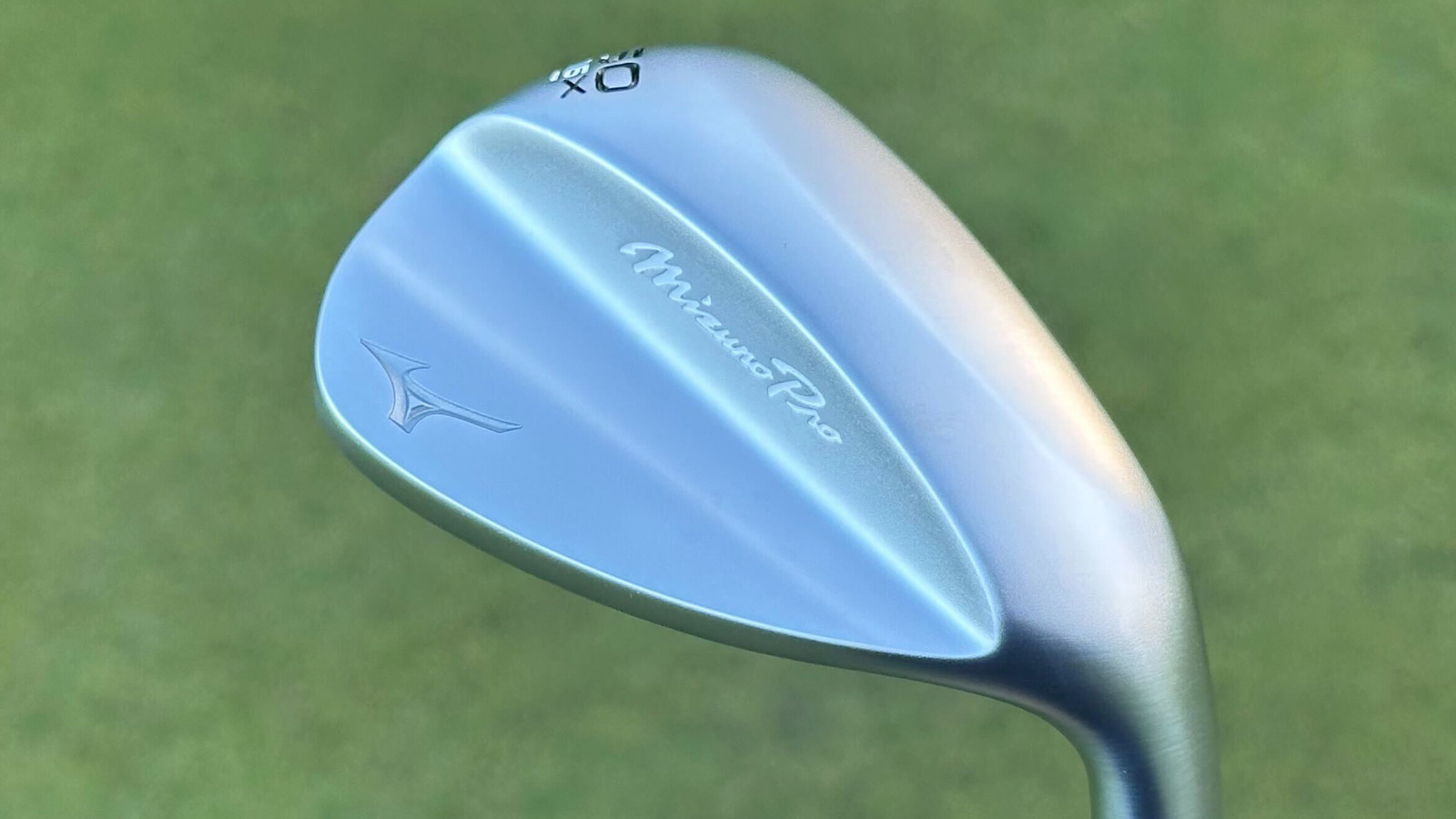
Specifications
Reasons to buy
Reasons to avoid
It's easy to dismiss the importance of equipping yourself with a good looking golf club, but it's more important than you think. If you're standing over a tricky chip shot and don't like the look of your club as you stand over the ball, you're already fighting a losing battle. The Pro T-1 wedge offers up a fairly compact, teardrop head shape that boasts so much shelf appeal both in hand and behind the ball. It's also available in two other different finishes for those who want to add a bit of flair to their setup.
In terms of performance, these are definitely wedges designed for the more competent ball striker. Due to its bladed nature, it's not one of the most forgiving wedges on the market and I really noticed a drop off in ball speed when not striking the center of the face, so this is something to consider if you regularly hit full shots with your wedges.
Mizuno's new Quad Cut+ grooves are fantastic, but when paired with their Hyrbdroflow microgrooves like we have featured here they deliver consistency in both wet and dry weather that is hard to match. This tighter groove pattern helps control moisture levels, delivering more consistent spin no matter if your hitting out of the dry fairway grass or moist, longer rough. This versatility means these wedges perform really well in cold, wet conditions as they would in warm, firm conditions come summer time which is something very valuable to me as someone who plays in the UK.
- Read our full Mizuno Pro T-1 Wedge Review
Best for low confidence

Specifications
Reasons to buy
Reasons to avoid
Bunkers come in many different shapes and sizes - we have the feature-lined bunkers of the likes of Royal County Down, the famous pot bunkers of St Andrews and your standard, smaller-lipped hazards of more standard parkland or PGA Tour venues, none of which are necessarily easy to get out of for the majority of players. Acknowledging this, Ping have designed a wedge specifically designed to help those in need of some assistance when it comes to getting out of the sand.
The BunkR mimics the footprint of one of the most forgiving wedges of all-time - the Ping Eye2. It has been designed to be played with a square face, limiting any need for manipulation and helping with consistency in setup. It may not be the prettiest club in the world but it makes up for that in effectiveness. It has been designed with 64° of loft and 14.5° of bounce to provide optimal launch and a club that simply wants to glide through the sand rather than dig down into it.
The ability to stand square to my target and just make the same move every time simplified the process of escaping the bunker and will, without doubt, make doing so easier for anyone struggling from the trap.
- Read our full Ping BunkR Wedge Review
Best for spin
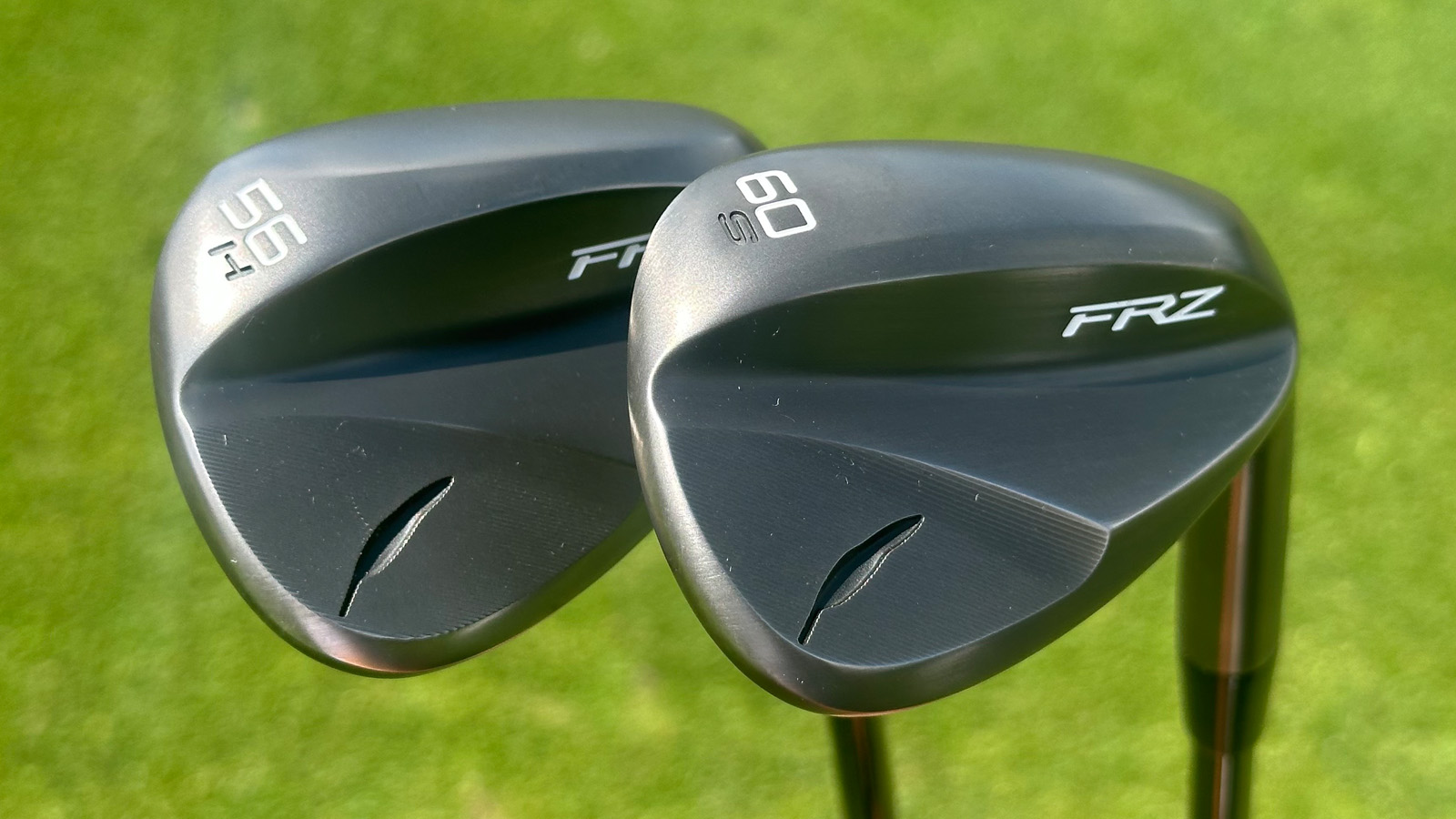
Specifications
Reasons to buy
Reasons to avoid
There aren't many better feeling in golf than shouting 'sit!' and your golf ball as it heads towards the flag and for it to actually do so. The spin levels on offer from the Fourteen FRZ allow you to attack flags, be that on chip, pitch or full shots will a level of aggression thanks to the trusty, consistent spin on offer.
If you're unfamiliar with Fourteen, I understand. The Japanese company first released wedges 22 years ago and quickly became the most used wedges on the Japan PGA Tour, after testing it wasn't difficult to understand why.
To state the obvious, these are absolutely beautiful wedges to look at both in the bag and at address, so we're off to a good start already. They generate plenty of spin as the CG of these wedges has been pushed back to allow the gear effect to help deliver the most amount of spin possible. While I did feel as though these wedges offered extremely high levels of spin, I wouldn’t say I noticed it dramatically fall or rise by hitting different shots with an open or closed face. I would recommend these wedges more to the competent ball striker rather than those with handicaps in the mid-to-high double figures, though.
- Read our full Fourteen FRZ Wedge Review
Best value
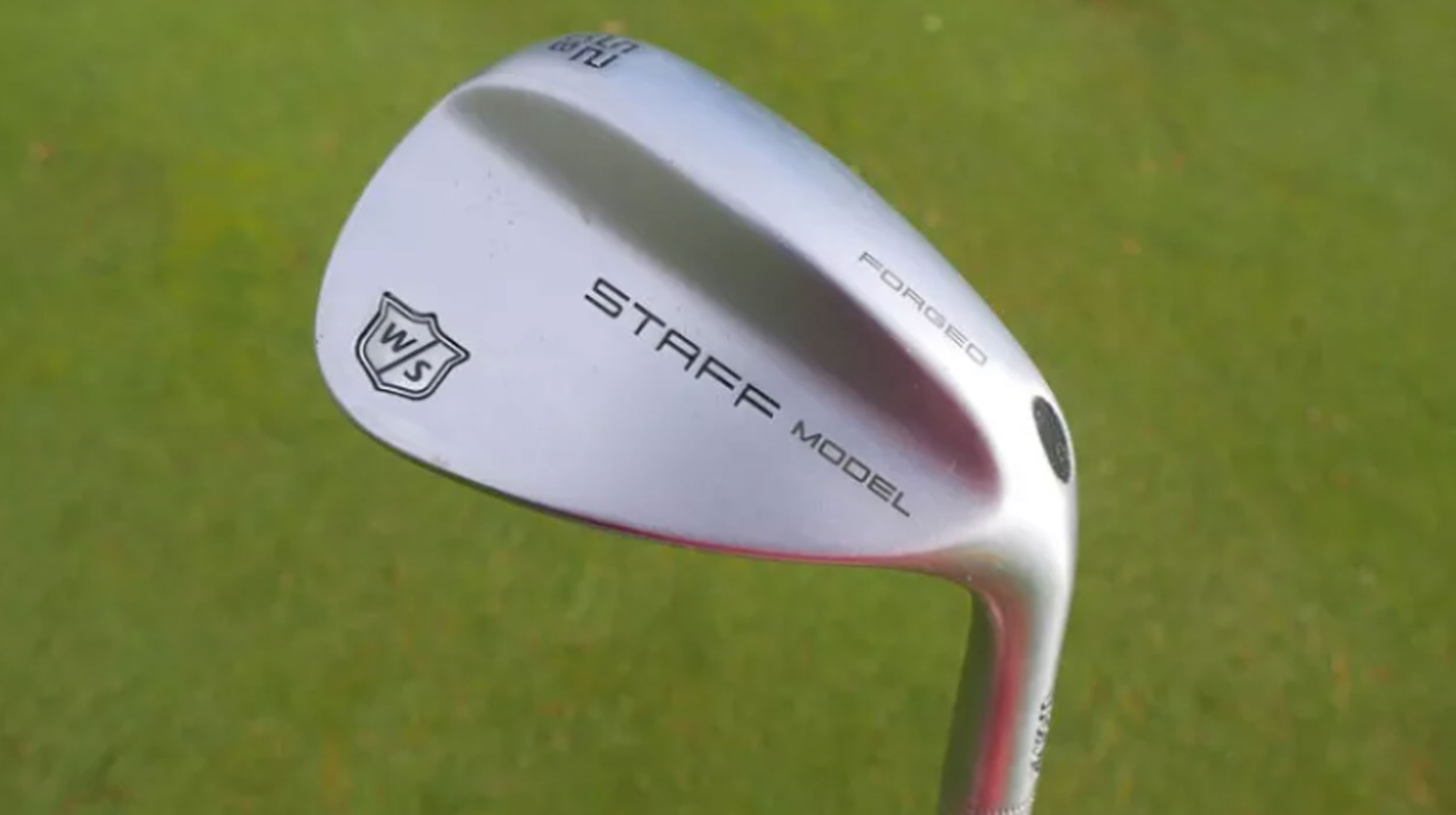
Specifications
Reasons to buy
Reasons to avoid
Wilson have significantly stepped up the quality of their club releases in the last number of years and the Staff Model finds its way into this guide with the title of best value. This isn't just because of the lower price than the majority of other options on this list, it's more so because it's a genuinely good sand wedge to add to the bag.
This is a very stable and forgiving wedge, be that hitting from the fairway with a full shot, from a tricky lie in a greenside bunker or even a simple bump and run from in and around the green. This makes it one of the best wedges for mid-handicappers. Unfortunately it doesn't tick every box I'd like - A lack of bounce and grind options is a little disappointing, especially in comparison to the likes of the Vokey SM10s, but this is still a wedge I really liked in testing.
- Read our full Wilson Staff Model Wedge Review
How we test

Sam has worked in the golf industry for 14 years in addition to experience playing on both the EuroPro Tour and Clutch Pro Tour, offering advice on equipment to all levels of golfers. Sam heads up our review content relating to fairway woods, hybrids, wedges and golf balls.
We have a stringent, rigorous testing procedure that has been fine tuned after over a decade of testing golf clubs. It is tweaked slightly for each type of club we test, especially with wedges.
These wedges are testing across multiple rounds of golf at different venues as we look to change up the conditions, be that weather, style of course or more. It also gives us a bigger range of data and experience to judge the club over, ensuring the fairest test possible. Often these clubs will have a unique selling point, be that promoting excellent bunker play or high spin. We acknowledge this before we begin our process to see if the brand have lived up to their word.

Sam De'Ath testing the new PXG Sugar Daddy III wedge
Our reviews are done by avid golfers with the sole purpose of providing our readership the best informed buying advice. This has never been more important when we consider the increasing prices brands are charging for their clubs and we understand this. We feel like we have a duty to our readers to provide the most informed, bias free reviews because the trust we have built with our audience over the years is of upmost important to the entire gear team at Golf Monthly. We reiterate that no brand ever gets preferential treatment from us, nor can a manufacturer 'buy' a good review. Instead, we simply call it how we see based on the performance during testing and our experience testing equipment in this area.
What you need to consider when buying a sand wedge
Your sand wedge is perhaps one of the most important clubs in your bag. Not only can it help you get out of trouble in the bunker, but it can also help you score around the greens. For that reason it is probably one of the most important clubs in the game, and when purchasing your next sand wedge there are several things you need to consider to ensure you get the best club for your needs as a golfer. Below, we've set out a few key points to think about when you're purchasing your next sand wedge.
1. Forgiveness
Particularly if you are a beginner or a high-handicapper, a more forgiving sand wedge can help you become much more clinical around the greens. When looking for more forgiving wedges, look out for clubs that have cavity-backed heads, wedges that have a center of gravity closer to the sole and wedges that have a higher MOI to improve the quality and consistency of shots your hitting. For more information on wedges that can help you hit consistently sweeter golf shots, take a look at our guide on the most forgiving wedges .
2. Bounce
The degree of bounce that a golf club has is an important factor to consider when you're buying your next sand wedge. Low bounce wedges are more suited to firmer terrain or bunkers with minimal sand. High bounce wedges are more suited to fluffier lies and bunkers filled with a lot of sand. Keep in mind what type of golf course you typically play on and decide accordingly what level of bounce will suit your game the best.
3. Grooves
As it can be quite hard to get any spin on the ball from a bunker shot, any extra friction or spin you can get from the grooves on your clubface is a bonus. That is why it is important to consider looking for a wedge that has a ground clubface with plenty of grooves to add traction between the clubhead and the ball. That allows you to stop the ball on the green much easier and attack the pin from longer distances.
4. Test
One thing we really recommend doing if you're considering purchasing a new sand wedge is attending a testing session. As sand wedges come in a variety of lofts, grinds and bounce degrees, it is important to trial a few different models to help you determine which club provides the best results for your swing.
Bearing all of these important factors in mind, we have tested the latest models to give you an idea of the best sand wedges on the market right now and how they vary from brand to brand. If you're looking to find a wedge that will help you in another facet of your game, take a look at our guides on the best wedges for mid handicappers, best gap wedges, or if you are new to the game, the best golf wedges for beginners.
FAQs
When should I use a sand wedge?
Sand wedges are primarily used for getting out of bunkers, but they can also be used on the fairway or from the rough. Sand wedges typically have the widest soles that allow the club to cut through fluffier terrains that clubs with much narrower soles might catch.
How far should I hit my sand wedge?
Depending on your ability and strength, an average golfer should hit a 56º sand wedge approximately 80 yards. Professional golfers will typically hit their sand wedge around 110 yards.
What degree of loft is a sand wedge?
Sand wedges usually range between 54º and 58º in loft. You may want to trial a range of lofts before you purchase your sand wedge to find the club that best compliments your swing from the bunker.
Subscribe to the Golf Monthly newsletter to stay up to date with all the latest tour news, equipment news, reviews, head-to-heads and buyer’s guides from our team of experienced experts.

Sam has worked in the golf industry for 14 years, offering advice on equipment to all levels of golfers. Sam heads up any content around fairway woods, hybrids, wedges, putters, golf balls and Tour gear.
Sam graduated from Webber International University in 2017 with a BSc Marketing Management degree while playing collegiate golf. His experience of playing professionally on both the EuroPro Tour and Clutch Pro Tour, alongside his golf retail history, means Sam has extensive knowledge of golf equipment and what works for different types of golfers.
- Sam TremlettSenior E-commerce Editor
- Sonny Evans
- Conor KeenanGear & Ecommerce Writer